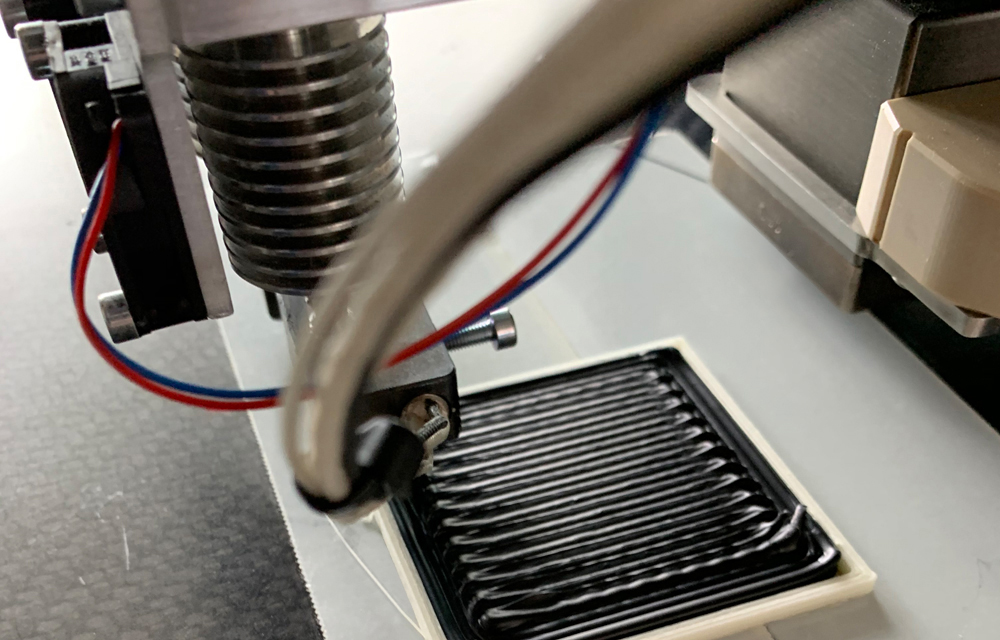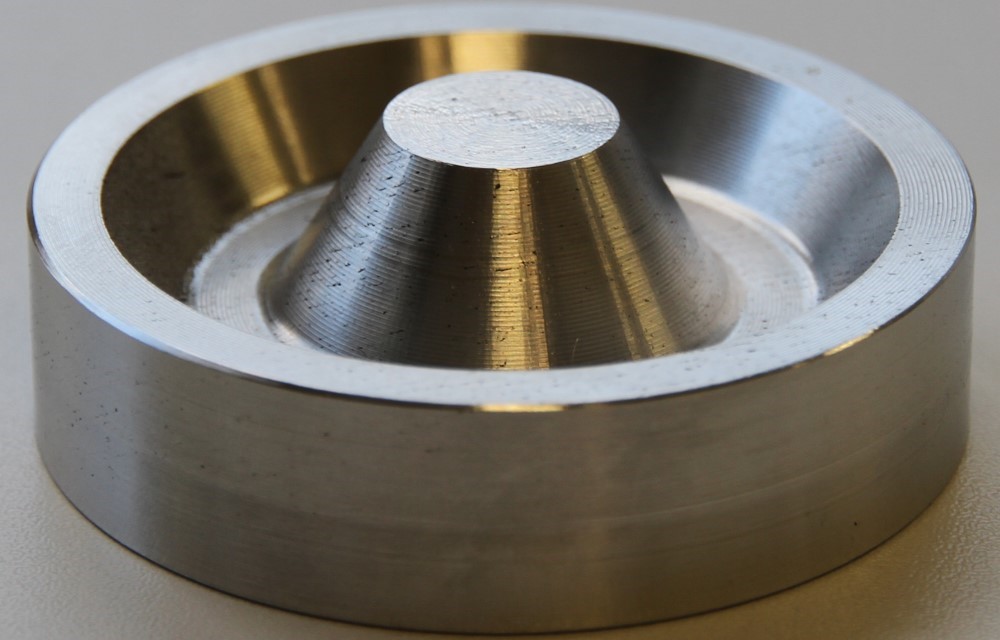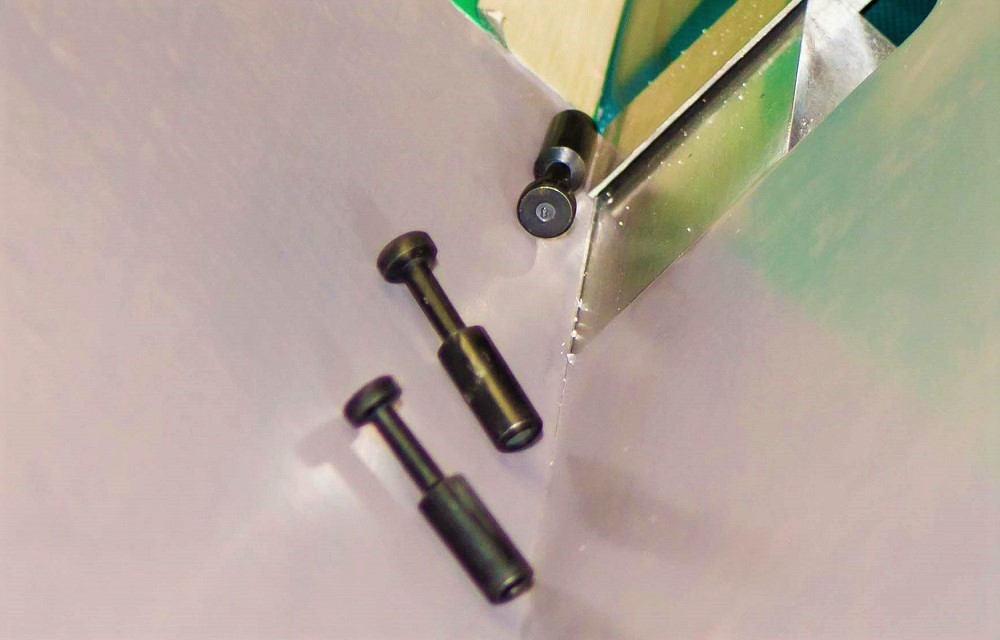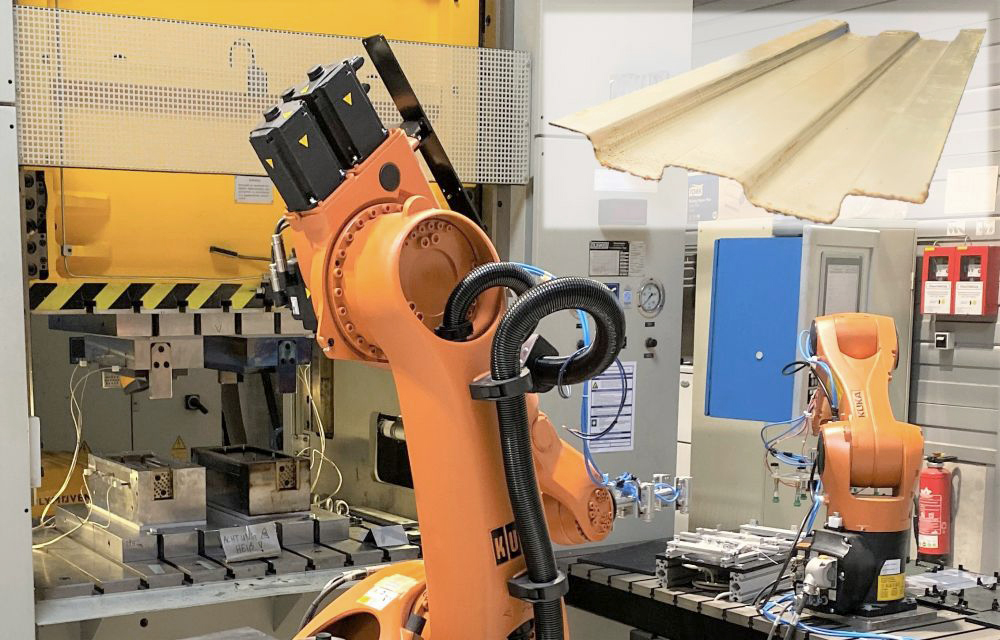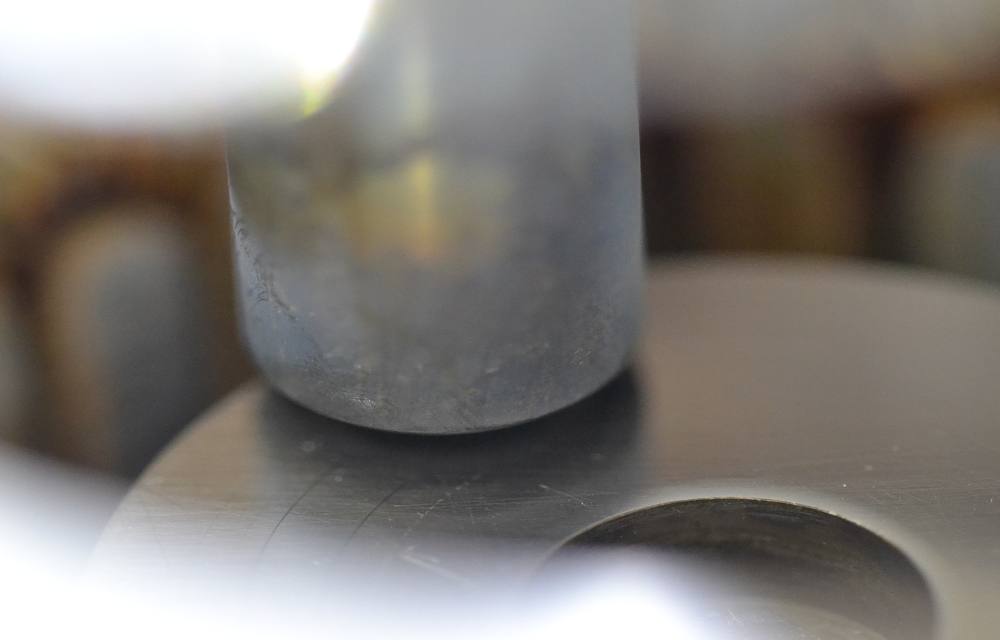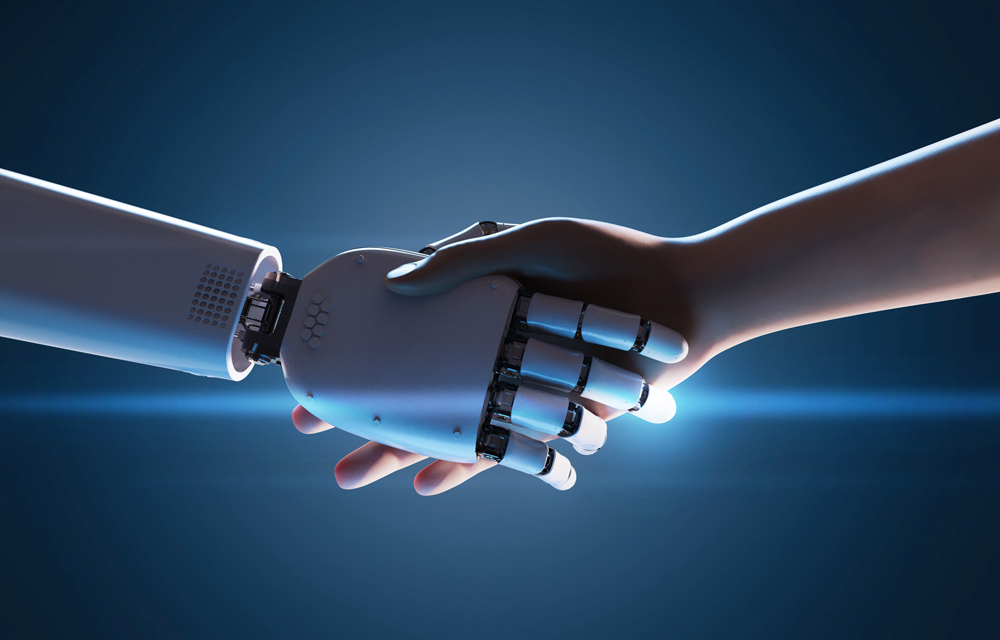Research
The future of production technology
- Research
IFA | How to configure production planning and control (PPC) holistically? This is what scientists from Hanover and Lüneburg are investigating. They are analysing interactions between PPC tasks and processes and integrating them into the Hanoverian Supply Chain Model (HaSupMo).
- Research
IFW | Project AdaPES has started: In cooperation with the software company SWMS, IFW is researching the process planning of deburring processes of milled components based on optical edge detection in order to reduce costs, complexity and processing time considerably.
- Research
ITA/DIK | Researchers from Hannover are developing a new 3D-printing process: Additive Manufacturing of Elastomers (AME). With rubber, they are opening up a completely new group of materials for additive manufacturing and creating an economical way of manufacturing spare parts.
- Research
IFUM | Manufacturing hot forming tools with integrated cooling channels from highly wear-resistant material and thus increasing the tool life – this is the goal being pursued by scientists from Hanover and Remscheid in a joint project.
- Research
match/IFA | Not a feeding technology like any other: The aerodynamic feeding technology enables fast and reliable feeding of a large number of components – without manual retooling. Scientists from match and IFA make the “Aero” fit for the future.
- Research
IFUM/match | Hybrid components can be produced in 30-second cycles. This is made possible by an isothermal tool concept with automated handling technology, which is being developed by scientists at IFUM and match in the research project “Load-compatible FRP/metal composites”.
- Research
IMPT | How does it affect friction and wear when production processes run without oxygen? This is what scientists at the Institute of Micro Production Technology (IMPT) are investigating in the Collaborative Research Centre 1368 “Oxygen-free production”.
- Research
IFW | The order situation of contract manufacturers is subject to considerable fluctuations. Trading with capacities is used to smooth the utilization of capacity, but is associated with high costs. The solution: An assistance system for automated trading with production capacities.
- Research
IFA | Scientists at IFA explore digital approaches to leadership and interaction in teams. They support managers in guiding their employees through the turbulent changes that technological innovations and digitization bring about.


